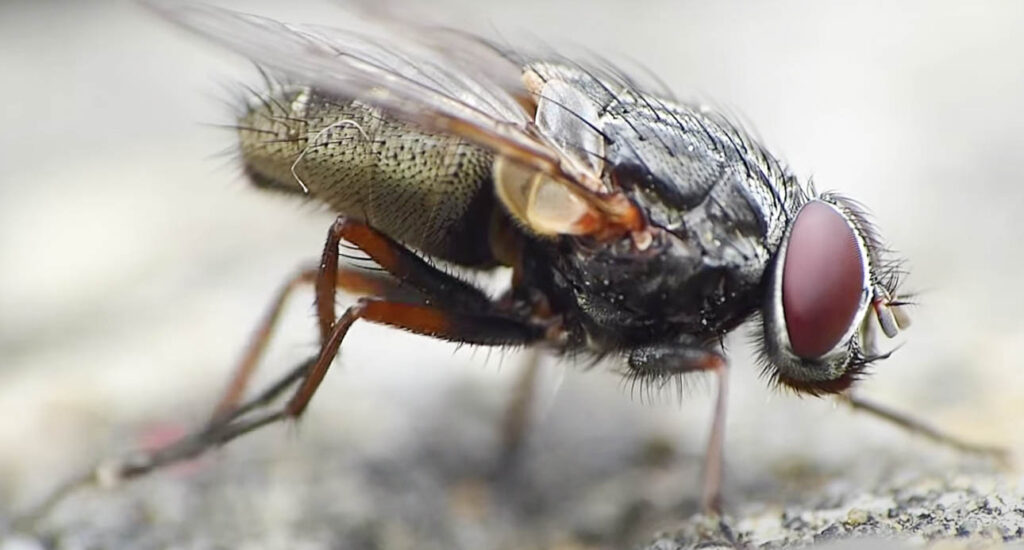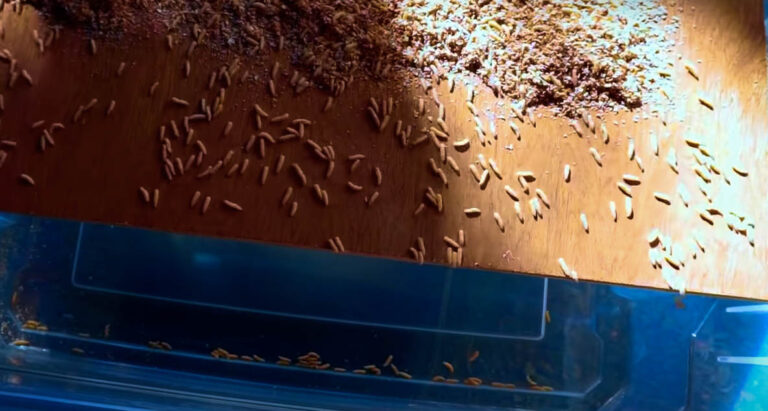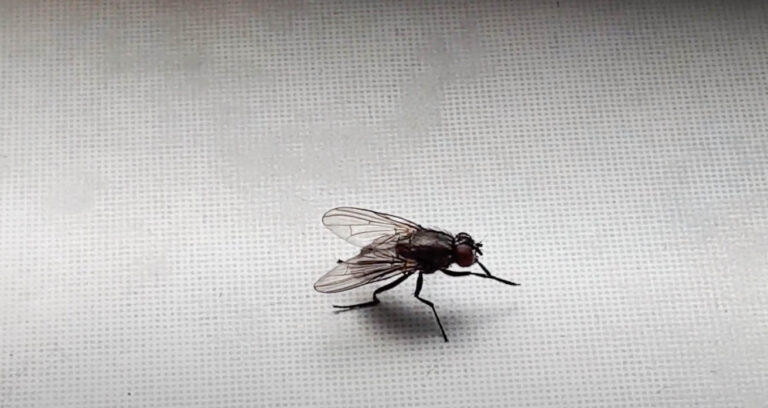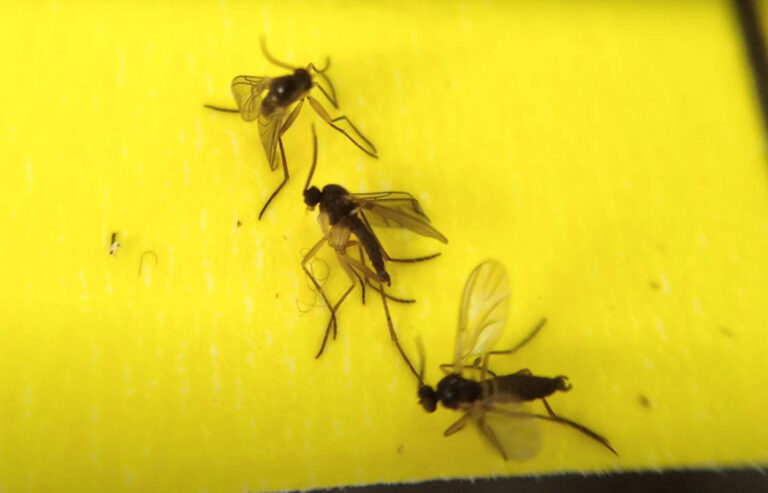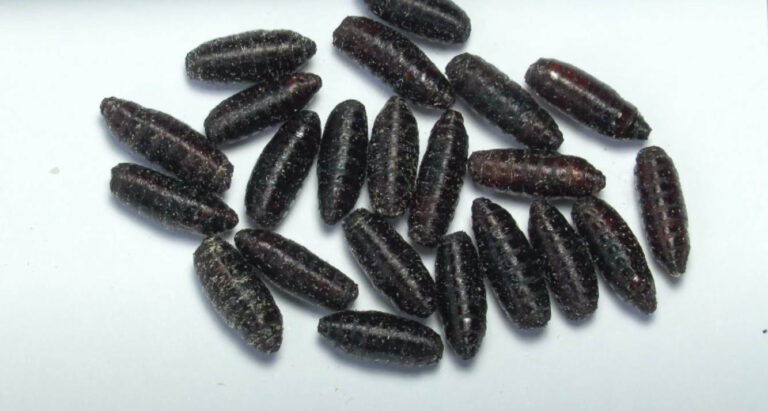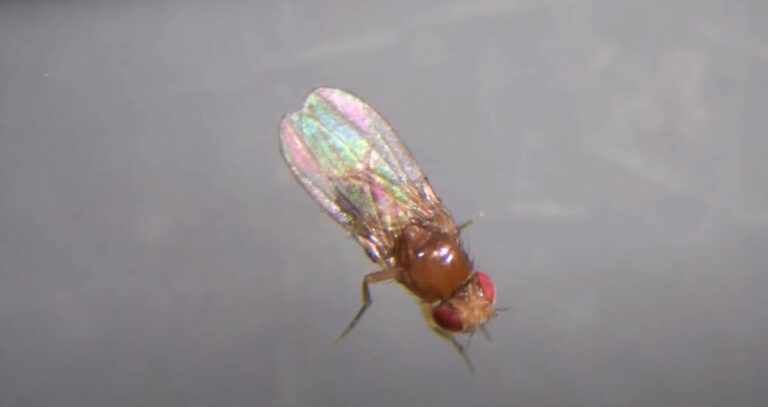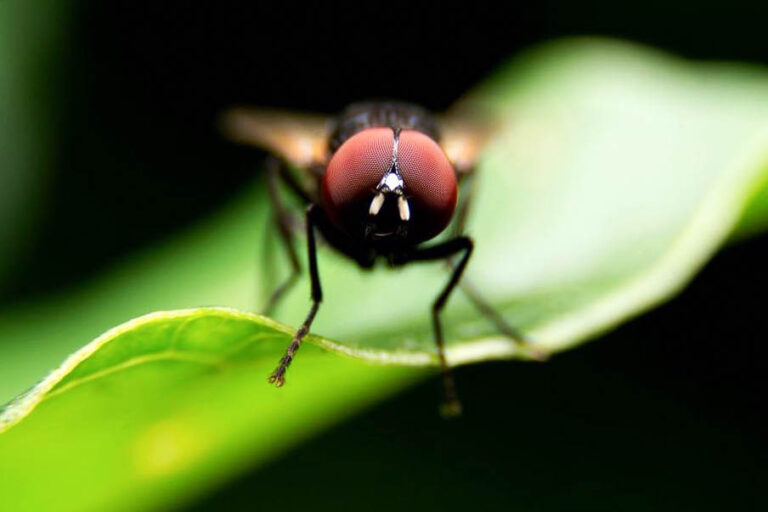What is the difference between a fly and a gnat?
What is the difference between a fly and a gnat?
Sometimes it is hard to identify the difference between some insects, especially flying insects. Gnats and flies are the most general insects found in and around the home. How do you know if the insects flying around you are gnats or small flies? Keep reading to learn about these two types of flying insects.
The difference in appearance
Flies and gnats both feature two wings, while other types of insects feature four wings. A house fly is normally around 1/8” to 1/4” long and has four stripes on top of the body which are typically dark in color. The gnat is normally a much smaller fly that features long legs. If you see a swarm of them, that swarm is typically made up of adults that have located a moist area that they can thrive in or because it is getting dark.
Reproductive differences
Flies will typically lay an egg in an area that is decaying, such as garbage or animal manure. Once the eggs hatch, it will then evolve into the maggot or larvae stage. While in this stage, the fly will typically grow out of its body and into a new one three times total before continuing on into the pupa stage. Once they emerge from this stage, they will be adult flies. A house fly can live up to around three weeks long. A gnat’s life cycle will vary depending on the species. The typical lifespan is around four weeks for a gnat and an adult can live up to ten days. The gnat’s lifecycle is similar to the fly as it starts out in three different larvae stages and then into the pupa stage before transforming into an adult.
Carrying diseases
A typical fly can transmit a variety of diseases including typhoid fever, anthrax, tuberculosis, and leprosy. Their main course of transmission occurs when the fly develops these diseases through infected feces. Gnats are not known to transmit any type of disease.
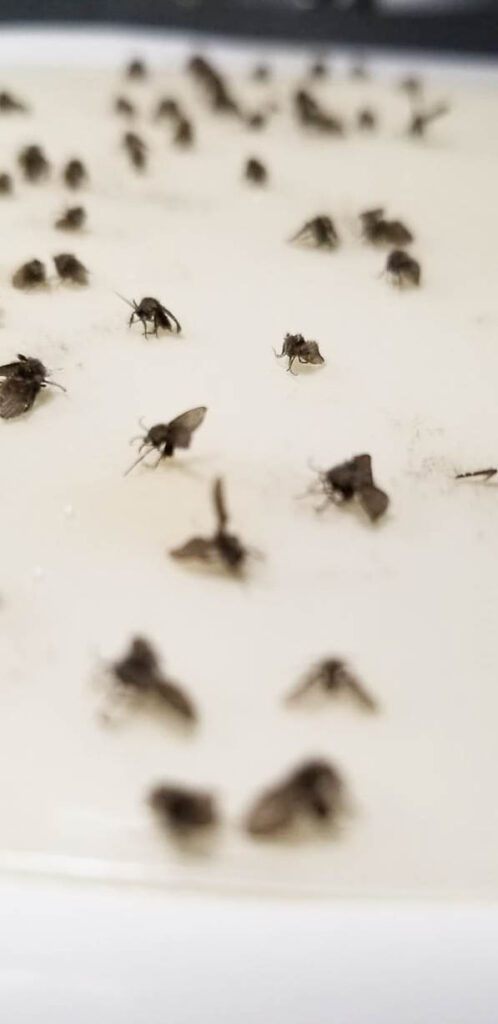
Controlling an infestation
You can do simple things around your home and property to control an infestation. Some simple easy ways to control flies include:
- A fly swatter to kill the ones you see.
- Use screens on doors and windows instead of leaving the areas open.
- Using a chemical such as a fly strip that hangs from the ceiling in barns or a fly trap that you can set in the home.
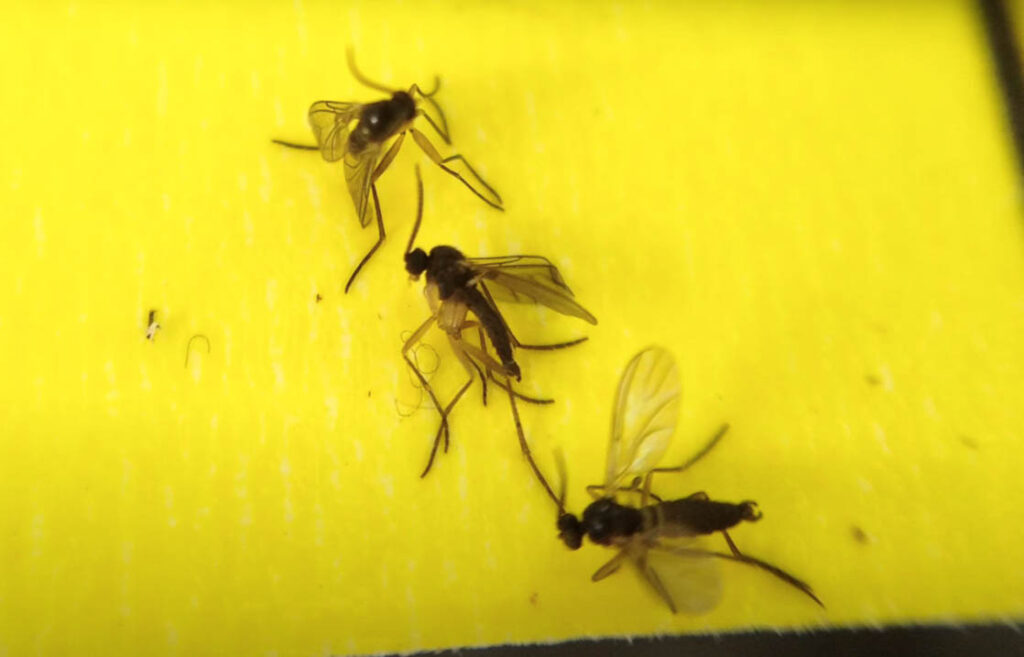
Some simple ways to control gnats include:
- Because gnats like moist areas, allow houseplants to dry between watering so fungus doesn’t begin to grow and attract the gnats.
- Use a natural bug repellent when you go outdoors.
- Use a chemical, such as those found on fly strips or yellow sticky cards that you can purchase at a home improvement store to trap them.
Some natural remedies for getting rid of these winged pests include:
- Placing a little bit of dish soap into a plastic cup and covering the cup with plastic wrap and then poking holes into the wrap. The gnats will fly down inside the cup but cannot get back out.
- Use a combination of cloves and lemon to deter flies as they can’t stand these two mixed together.
